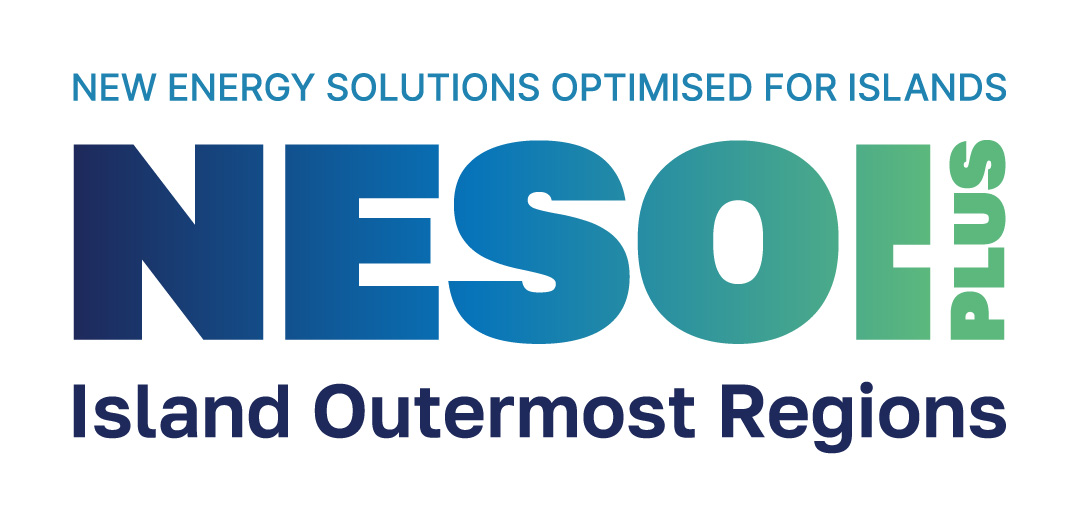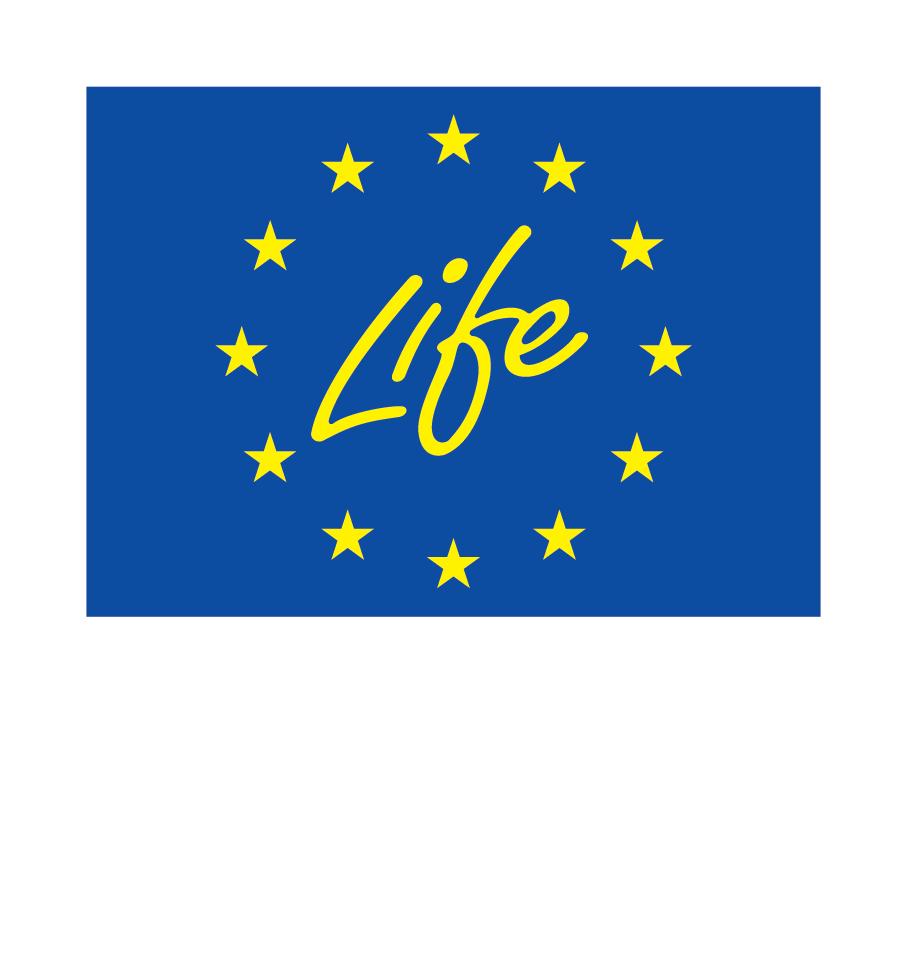Archipelago of Mull Actions for Zero Emissions (AMAZE) is a project supported by NESOI European Islands Facility, managed by our partners from CERTH, and promoted by The Mull and Iona Community Trust.
BoAT ElEctrification for the decarbonisation of the fishing sector at the Island of aROusa (BATEEIRO) is a project supported by NESOI European Islands Facility, managed by our partners from circe, and promoted by ASOCIACIÓN DE MEXILLOEIROS ILLA DE AROUSA, ORGANIZACIÓN DE PRODUCTORES DE LA PROVINCIA DE PONTEVEDRA and CONSELLO REGULADOR DO MEXILLÓN DE GALICIA.
What is BATEEIRO?
This project was initiated by the Asociación de Mexilloeiros Illa de Arousa to help avoid bateeiro boats from consuming fossil fuels to move and in the cranes that lift the mussels from the rafts. Additionally, when there is a problem on board, ships spill diesel into the sea, which involves environmental problems. The cropping and collection of mussels from the rafts is the main economic activity of the island. Therefore, a certain technological evolution was needed to try to attract young people to this type of work, using new technologies in the bateeiros, and improving working conditions.
The project consists of a feasibility study for the electrification of bateeiro boats, with the aim to decarbonise the fishing sector, and a study of a Battery Energy Storage System able to cover one working day in full electric mode, and to provide Ship-to-Grid (S2G) services allowing to transform the future moored fleets into energy storage systems supporting the local grid.
The boat electrification solution developed by BATEEIRO, combined with the development of a renewable energy microgrid on the island of Arousa will enable the reduction of GHG emissions as well as oil and fuel spilling in the sea. The project aims to follow the Sustainable Development Goals of 2030, by attracting new generations to the mussel fishing industry while improving the quality of the product.
Moreover, as the zone (not only Arousa Island but also Galicia, Spain) accounts for around 1200 bateeiros with similar routines, dimensions and machinery, there is a high level of replicability not only in Galicia but also for any other European island using bateeiro fishing boats. After the technology is developed for this use, it can be exported to other marine communities with similar uses, loads and/or working times.
BATEEIRO: bateeiro fishing boats and the hybridization of batteries and fuel cells
A “bateeiro” is a flat-bottomed boat between 15 and 20 long. It is designed for the breeding and harvesting of mussels with a set of mussel processing machines and a crane. They are located, among others, on the island of Arousa, Galicia, Spain where there are about 110 vessels dedicated to mussel harvesting. Bateeiros usually have two diesel combustion engines and therefore emit nitrogen oxides (NOx), nitrous oxide (N2O), sulphur dioxide (SO2) and PM10 and PM25 particles.
Due to the quality of the fuel, the incomplete combustion and the age of the engine, it is estimated that these pollutants have a high polluting influence. There are several solutions to reduce pollutants. These include the use of batteries and fuel cells. Combining the use of these with the diesel combustion engine would provide a much cleaner hybrid solution. Depending on the feasibility, these technologies could replace the main diesel engine, the auxiliary engine or even both.
In the hybridization case of the BATEEIRO Project, the main objective is to reduce the emissions of the diesel combustion engine as much as possible, therefore Plug-in hybrid (PHEV) will be used so that the set of batteries and an electric motor are responsible for propulsion and power supply of the electrical systems.
Expected environmental impacts
One of the more important greenhouse gases carbon dioxide (CO2) that according to previous studies it is estimated that for each bateeiro 29 tons of CO2 are emitted every year into the atmosphere which contributes significantly to the greenhouse effect. Considering that there are 110 bateeiros on Arousa Island, it is estimated that 3,190 tons of CO2 are emitted every year into the atmosphere exclusively by these mussel boats. However, all energy use of the bateeiros (both for moving and treating the mussels), can use renewable energy if the boat is coupled with batteries and electric engines substituting the diesel ones and this can enable a reduction of CO2 and oil spilling if the solution is adopted and deployed in a range of similar fishing boats.
How does NESOI Support this project?
The European Islands Facility (NESOI) aims to unlock the potential of EU islands to become the locomotives of the European Energy Transition. To do so, NESOI aims to mobilize more than €100 Million of investment in sustainable energy projects to give EU islands the opportunity to implement energy technologies and innovative approaches, in a cost-competitive way.
More specifically, NESOI has provided the following support:
- Analysis of existing planning documentation, identification of the project boundaries and existing planning constraints.
- Assessment of the key project sizing drivers.
- Identification of suitable technological options given existing project sizing requirements.
- Definition of the required environmental permitting procedures.
- Cost Benefit analysis and socio economic and environmental impact evaluation.
- Assessment of existing procurement options (e.g., tender, PPP, etc.).
- Definition of the technical, economic and financial, fiscal project inputs.
- Risk analysis and identification of available mitigation strategies.
- Financial modelling and identification of target scenario.
- Identification of financing/funding options.
- Action plan and identification of project monitoring procedures.
READ MORE INFORMATION IN THE DEDICATED PROJECT BROCHURE


